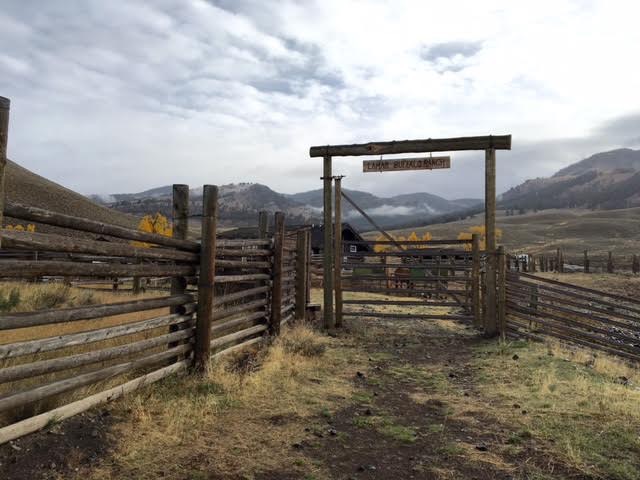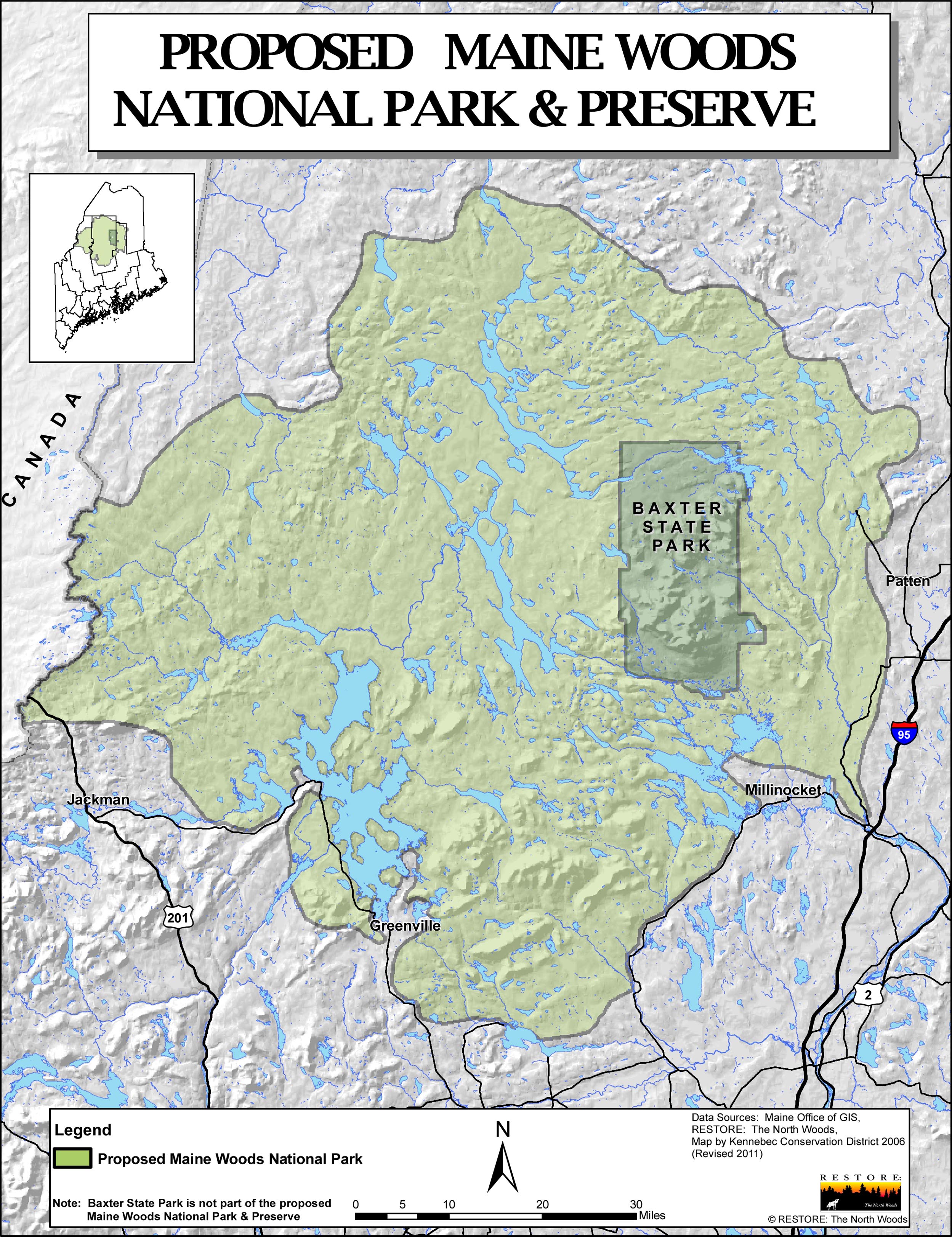To provide observations and information on the emerging fields of landscape scale conservation, heritage preservation, and sustainable community development.
Newsletter
Stay up-to-date with the latest nature, culture and community news.
We won’t spam you or share your information. Newsletters are sent approximately 10 times a year. Unsubscribe at any time.
Behind the Scenes of the Legislative Process
A National Network for the Labor Movement

Lamar Buffalo Ranch and the Landscape of Wildlife Conservation
“Oh Give me a home where the buffalo roam” goes the old cowboy song, but the fact that 21st century citizens can still enjoy the star of this song was a very close call. While estimates of the North American bison population at the time of European contact range from 30-75 million animals, by 1900 intensive hunting and a purposeful program of eradication to deprive American Indians of their livelihood had reduced the population to near extinction. The Lamar Buffalo Ranch in Yellowstone National Park was ground zero for a successful reintroduction effort. And bison are only part of this remarkable story of human intervention in this landscape.

Politicians, Conservationists, And National Parks
Creating new national parks and protecting public lands on a landscape scale is not for the faint of heart. An analysis of the ongoing debate over a possible national park in Maine’s North Woods as well as the long-running efforts to resolve land-use practices on millions of federal acres in Utah highlight some of the challenges. While the rhetoric is intense left on the sidelines is the American public and the most affected communities, what do they think?

San Antonio Missions: Learning from the World Heritage Experience
On October 17, 2015 dignitaries from around the country gathered to celebrate the inscription of the San Antonio Missions as the 23rd World Heritage Site in the Untied States (US) and the first in Texas. The San Antonio Missions are a group of five frontier mission complexes situated along an over seven mile stretch of the San Antonio RiverBehind the well-deserved World Heritage hoopla and the carefully crafted statement of the property’s Outstanding Universal Value, there is more than a decade of hard work. As interested in World Heritage recognition grows in the country and around the globe, what can we learn from the hard won experience of the San Antonio Missions?

The 2016 Federal Budget: How did Large Landscapes Fare?
After months of uncertainty, weeks of negotiations and two short-term extensions to keep the government open, Congress passed and the President signed the 2009 page omnibus spending Bill, titled the Consolidated Appropriations Act of 2016. How did federal initiatives that support landscape scale work and fund our natural and cultural conservation program fare?

The U.S. Biosphere Reserve Program: Can the challenges of the past contribute to the resiliency of the future?
It is easy to acknowledge our current state in UNESCO’s international Man and the Biosphere (MAB) program, but neglect to see how we got to this point. As one of the pioneers in large landscape conservation, biosphere reserves paved the path for many future landscape-scale efforts over the past several decades. Yet, most people in the United States are unfamiliar with the term, biosphere reserve, or assume the program has dissolved because of its long period of inactivity. Some people are trying to change this perception.

Lamar Buffalo Ranch and the Landscape of Wildlife Conservation
“Oh Give me a home where the buffalo roam” goes the old cowboy song, but the fact that 21st century citizens can still enjoy the star of this song was a very close call. While estimates of the North American bison population at the time of European contact range from 30-75 million animals, by 1900 intensive hunting and a purposeful program of eradication to deprive American Indians of their livelihood had reduced the population to near extinction. The Lamar Buffalo Ranch in Yellowstone National Park was ground zero for a successful reintroduction effort. And bison are only part of this remarkable story of human intervention in this landscape.

Politicians, Conservationists, And National Parks
Creating new national parks and protecting public lands on a landscape scale is not for the faint of heart. An analysis of the ongoing debate over a possible national park in Maine’s North Woods as well as the long-running efforts to resolve land-use practices on millions of federal acres in Utah highlight some of the challenges. While the rhetoric is intense left on the sidelines is the American public and the most affected communities, what do they think?

San Antonio Missions: Learning from the World Heritage Experience
On October 17, 2015 dignitaries from around the country gathered to celebrate the inscription of the San Antonio Missions as the 23rd World Heritage Site in the Untied States (US) and the first in Texas. The San Antonio Missions are a group of five frontier mission complexes situated along an over seven mile stretch of the San Antonio RiverBehind the well-deserved World Heritage hoopla and the carefully crafted statement of the property’s Outstanding Universal Value, there is more than a decade of hard work. As interested in World Heritage recognition grows in the country and around the globe, what can we learn from the hard won experience of the San Antonio Missions?

The 2016 Federal Budget: How did Large Landscapes Fare?
After months of uncertainty, weeks of negotiations and two short-term extensions to keep the government open, Congress passed and the President signed the 2009 page omnibus spending Bill, titled the Consolidated Appropriations Act of 2016. How did federal initiatives that support landscape scale work and fund our natural and cultural conservation program fare?

The U.S. Biosphere Reserve Program: Can the challenges of the past contribute to the resiliency of the future?
It is easy to acknowledge our current state in UNESCO’s international Man and the Biosphere (MAB) program, but neglect to see how we got to this point. As one of the pioneers in large landscape conservation, biosphere reserves paved the path for many future landscape-scale efforts over the past several decades. Yet, most people in the United States are unfamiliar with the term, biosphere reserve, or assume the program has dissolved because of its long period of inactivity. Some people are trying to change this perception.


